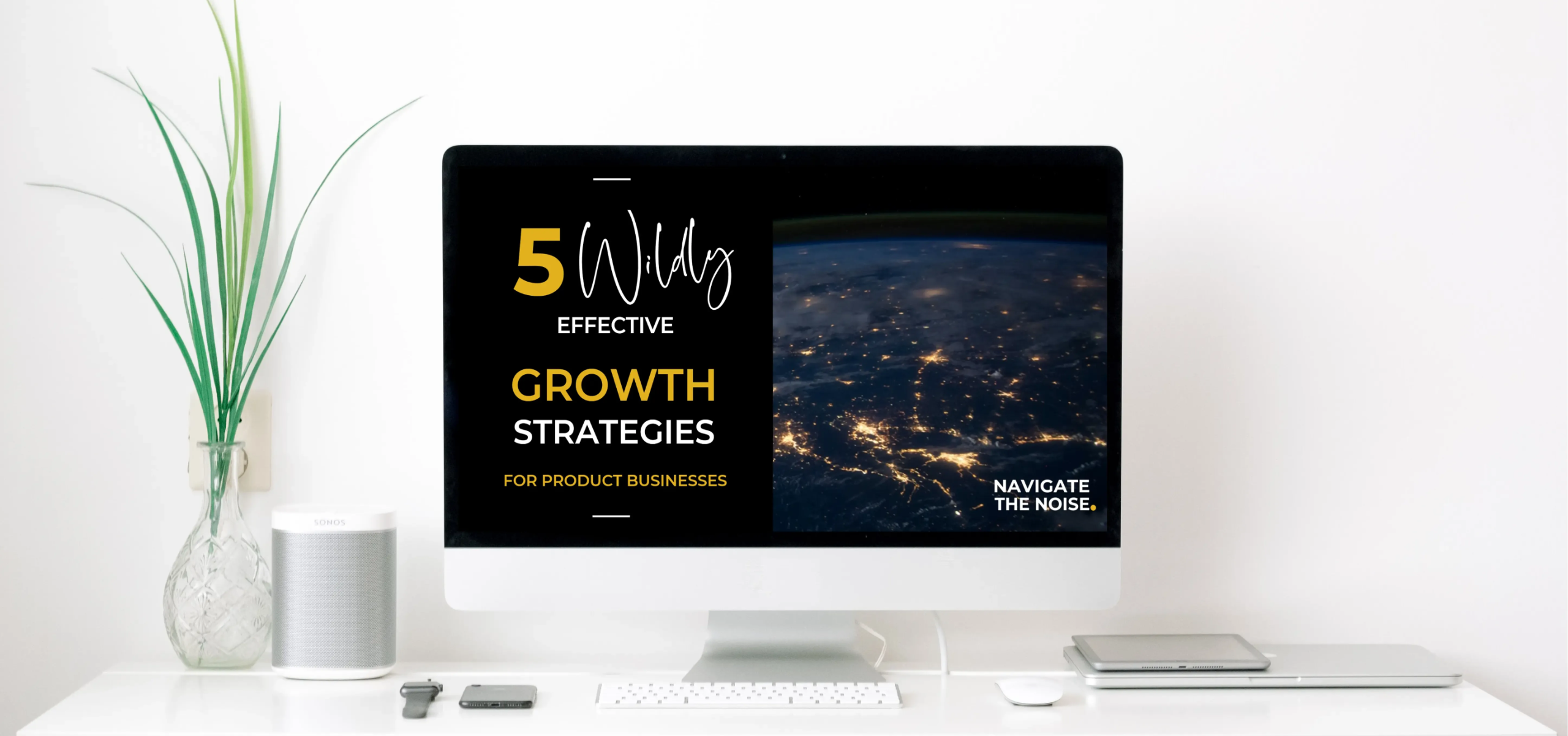What is Conversion Rate? Why It’s an Important Measure of Online Business Success

Conversion rate is an important term when it comes to business success, but we are talking Ecommerce success - and not about your travel money conversion rates from dollars to pounds!
What is a Conversion Rate?
For online business owners, the most common instance and most basic explanation of conversion rate is the percentage of people who come to your website and buy goods or services.
Your conversion rate is the percentage of visitors to your website that complete a desired goal (a conversion) out of the total number of visitors. A high conversion rate is indicative of successful marketing and web design: It means people want what you're offering, and they're easily able to get it!
- WordStream.com
So, if 100 people visit your site and one person purchases your product, your conversion rate is 1%. But if 40 out of your 100 visitors buy something, you have a 40% conversion rate, and that means your business marketing is astonishingly good... so much so that people want to purchase what you are offering online and they are finding their way to you in order to do so.
Conversion goals
There are various ways you can measure conversion and the more advanced you get on this subject, the more analytical opportunities there are to discover which reveal how your customers are travelling through and interacting with your website.
Not all conversion goals might be the end sale. For example, if you have an option to sign up for a newsletter on your sight, the goal is getting people to opt-in. The "opt-in" is the conversion - the point of success and achievement of our goal.
In this case, you are looking to build brand, reputation and communication with potential and repeat customers. Clearly, your e-commerce sales conversion rate is significant, but you may have others like a lead enquiry form conversion rate, and these all need to be tracked and measured.
Why are these metrics so important?
If you do not have this information, you are basically running your business in the dark.
You need to know whether your marketing is effective, whether you are finding your target market, and whether your goods and services are wanted.
By measuring what you do, it is easier to make improvements and changes to see what works and doesn’t work. Conversion rates are also usually demanded as a critical board-level reporting metric.
Finding the information
The best way to track your conversion rate data is to take full advantage of Google Analytics.
This is a free service, and it records insights on your customers and who visits your website. By creating an account and logging into the control panel, you can see what is happening on your website.
You can use tracking codes which give you targeted measures on anything you decide to do from advertising to PR campaigns. You will need to add some tracking code to each page on your website, but this is easy to do with most hosted and self-hosted options.
What are good conversion rates for your industry
Conversion rates vary wildly depending on your industry, the level of online competition and the products that you sell in your online shop or ecommerce store.
Google Analytics does more than just help you analyse and improve your own performance, it also offers industry benchmarks via their Adwords toolkit.
Using this tool you can see how your online business is doing and it enables you to compare your ecommerce conversion rate (CVR) with the average.
For example, they suggest that:
- Technology sector the CVR is 2.50%
- Home goods industry it is 3.5%
- Finance and insurance you are looking at 7%,
- The B2B sector is 2.5%.
These might be lower than you would expect, but when you view your own stats, we can promise that you will probably have work to do!
Make It Happen In Your Business
The bottom line is that if you can improve your ecommerce conversion rate, even by just a small percentage, the impact on your sales success can be massive.
Ecommerce is often thoughts of as an equation - if you can drive volumes of visitors to your website and convert them at X% into sales, then to grow your business you can do one of 2 things;
- Increase the number of visitors to your website
- Improve the conversion rate once they land on your site
Next Steps:
- If you haven't already, make sure you have Google Analytics set up for Ecommerce conversion tracking. Add the tracking code to your website and regularly review your performance.
- Consider what other conversion goals may be appropriate for your business to measure. For example - the % of email opt-ins is a popular one.
- Start the journey of conversion rate optimisation and read the free resources on the Conversion Rate Experts website (it's awesome!) - an improvement programme to systematically improve the quality of your website pages and the strength of product pages for your best selling products.
Grab Your Free Guide:
5 Wildly Effective Growth Strategies
This guide will walk you through our proven steps to get your product selling, creating a global footprint for your brand.
We hate SPAM. We will never sell your information, for any reason. You can unsubscribe at any time.






